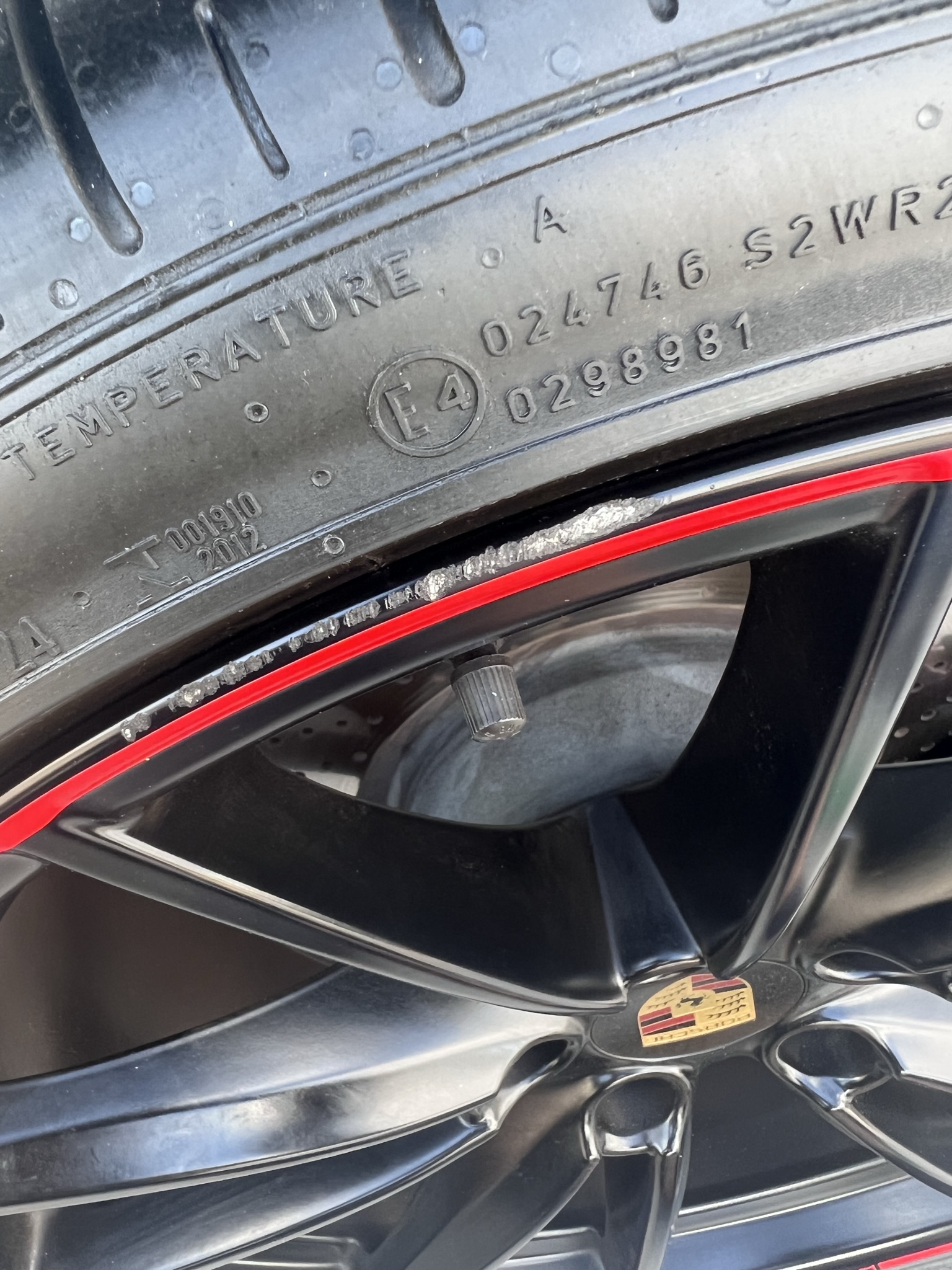
Mobile Alloy Wheel Repair Process
Mobile Alloy Wheel Repair Process
Mobile alloy wheel repair is a convenient service that restores the appearance and functionality of damaged alloy wheels directly at the customer's location. This process eliminates the need to remove the wheels from the vehicle or transport them to a repair facility, saving time and hassle. Here’s a detailed breakdown of the mobile alloy wheel repair process:

Initial Assessment:
Inspection: A technician examines the wheels to assess the extent of the damage, which may include curb rash, scratches, dents, or minor bends. This step ensures that the damage is repairable on-site and does not require more extensive work such as remanufacturing or powder coating.
Feasibility Check: The technician determines whether the repair can be performed without compromising the wheel's structural integrity. If the damage is too severe, they may recommend replacement or a different repair approach.
Preparation:
Cleaning: The damaged area is thoroughly cleaned to remove dirt, grease, and debris. This is usually done using a specialized cleaner or degreaser.
Masking: Surrounding areas of the wheel and tire are masked off to protect them from the repair process. This ensures that only the damaged area is treated.
Damage Removal:
Sanding: The technician uses pneumatic tools and various grades of sandpaper to remove the damaged material. This process smooths out scratches, curb rash, and other surface imperfections.
Filing and Smoothing: For deeper damage, a file or grinder may be used to reshape the affected area before fine sanding ensures a smooth finish.
Surface Preparation:
Priming: Once the damaged area is smooth, it is primed with a high-quality primer. This step is crucial for ensuring that the paint adheres properly and provides a uniform finish.
Sanding (Again): After the primer has dried, the area is lightly sanded to create an even surface and blend the repair area with the rest of the wheel.
Painting:
Color Matching: The technician uses specialized equipment to match the wheel’s original color precisely. Custom-blended paint is prepared to ensure the repaired area matches the rest of the wheel seamlessly.
Application: The paint is applied using a spray gun, building up thin layers to achieve the desired coverage and color consistency. Multiple coats may be necessary to achieve a perfect match.
Clear Coating:
Sealing: Once the paint has dried, a clear coat is applied to seal the repair and provide a protective layer. This clear coat enhances the durability and shine of the wheel, helping to protect it from future damage.
Curing: The clear coat is allowed to cure properly, ensuring a hard, durable finish. Some mobile repair services use UV lights or heat lamps to expedite the curing process.
Final Touches:
Polishing: After the clear coat has fully cured, the repaired area is polished to blend seamlessly with the rest of the wheel. This step removes any minor imperfections and enhances the overall shine.
Inspection: A final inspection is conducted to ensure the repair meets quality standards and that the wheel looks as good as new.
Reassembly and Clean-Up:
Removing Masking: The masking materials are carefully removed, and the wheel and tire are cleaned to remove any dust or debris from the repair process.
Reinstallation: If the wheel was removed from the vehicle, it is reinstalled and properly torqued to manufacturer specifications.
Benefits of Mobile Alloy Wheel Repair:
Convenience: Repairs are performed at the customer's location, eliminating the need to drive to a repair shop or leave the vehicle for an extended period.
Time-Saving: The process is typically completed in a few hours, minimizing downtime and allowing the customer to get back on the road quickly.
Cost-Effective: Mobile repair is often less expensive than traditional repair methods, as it eliminates the need for transportation and reduces labor costs.
High-Quality Results: Skilled technicians use advanced tools and techniques to ensure a professional finish that restores the wheel’s original appearance and functionality.
By leveraging the mobile alloy wheel repair process, customers can enjoy the convenience of professional wheel restoration without the hassle of traditional repair methods, ensuring their wheels look pristine and perform optimally.
We appreciate your time and curiosity about our trade and the process involved. Please find us on Instagram, Facebook or Youtube, like or follow for more awesome wheel repair posts. also if you have questions you're welcome to send us a message.
